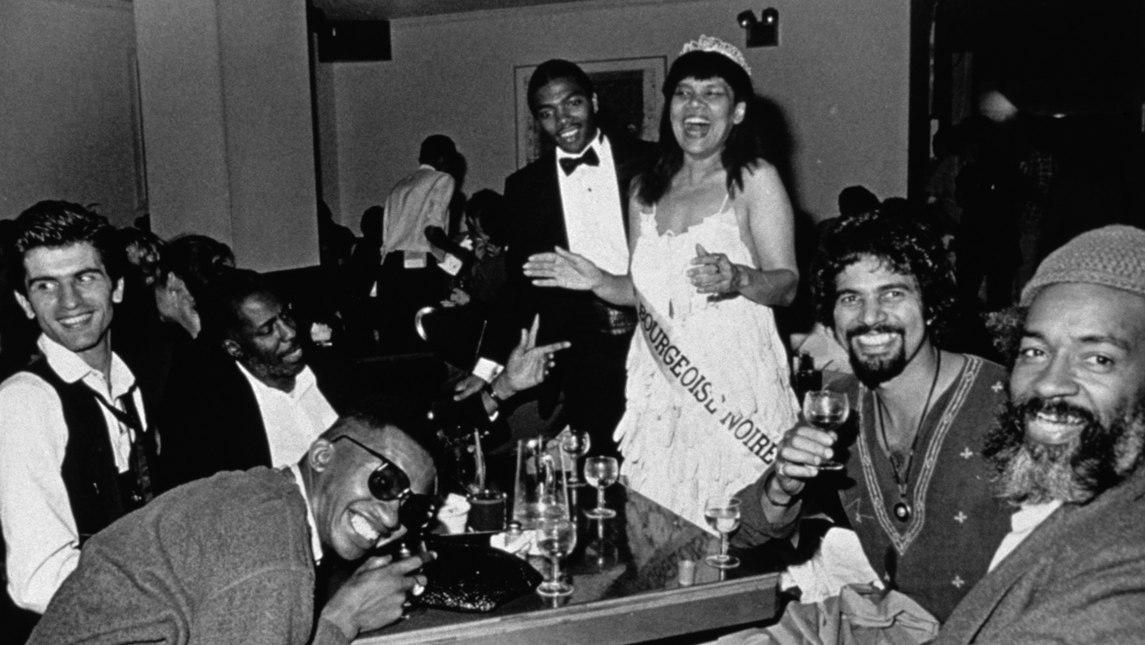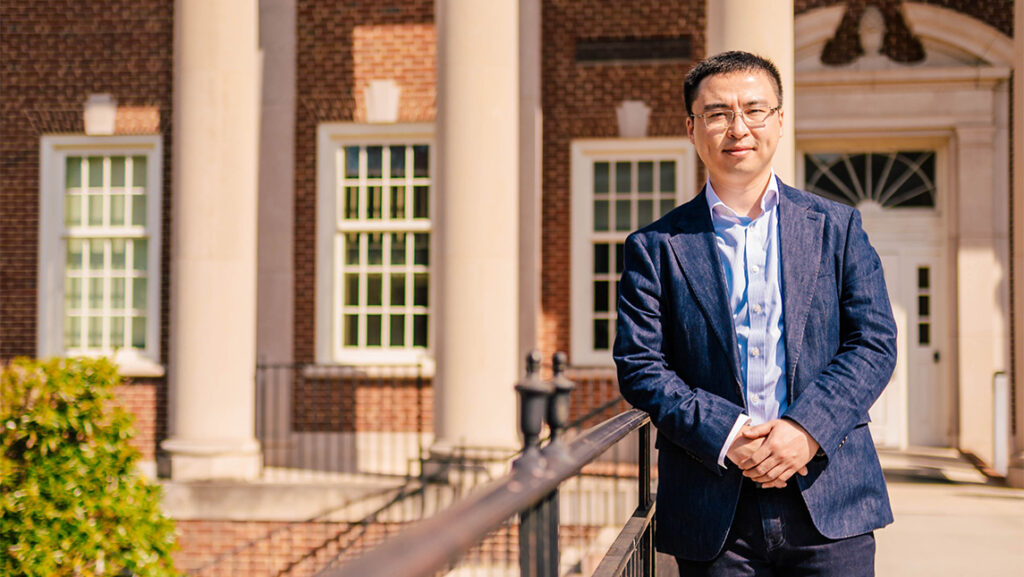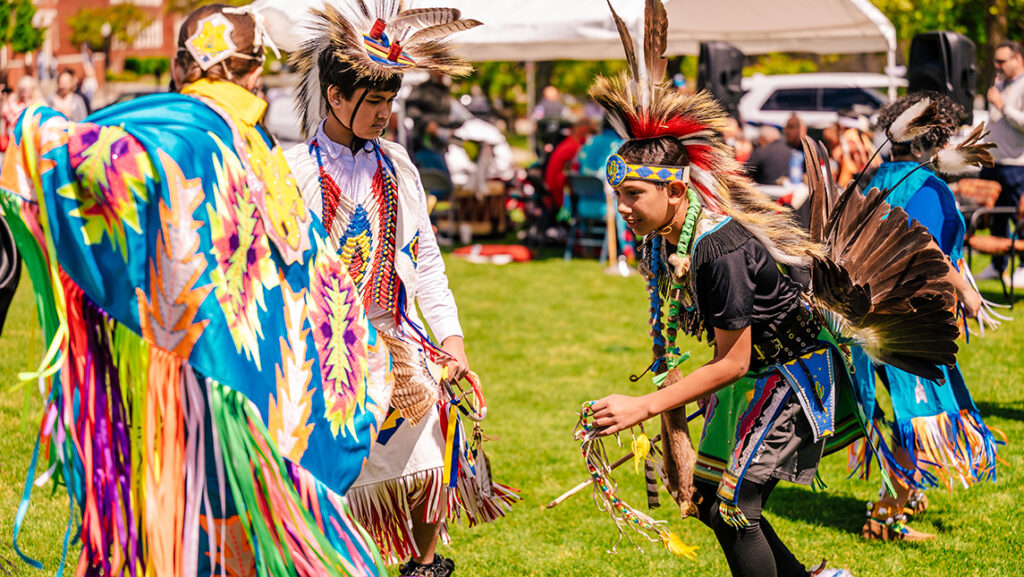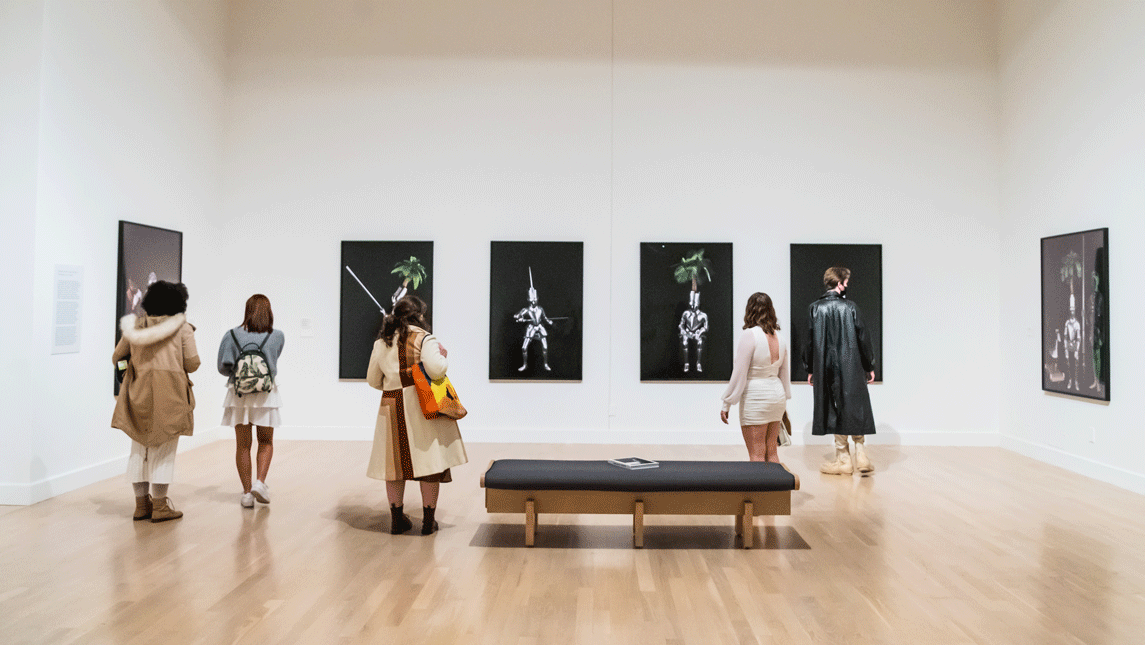
The four upstairs galleries of UNC Greensboro’s Weatherspoon Art Museum currently hold a stunning and timely retrospective of one of the most prominent and influential conceptual feminist artists: Lorraine O’Grady.
“Both/And,” on loan from the Brooklyn Museum in New York, is the first comprehensive collection of O’Grady’s work, from four decades of her career and with works from nearly all of her major projects.
O’Grady, who inspired generations of younger artists, was born in Boston in 1934, the child of Jamaican immigrant parents. After working as a U.S. intelligence analyst, a translator, a rock music critic, and literature instructor, she became a visual artist at the age of 45.
“…sometimes you have to tell your own stories, not just to understand yourself but to understand the world, to find the space between their stories and yours, to learn what’s really going on.”
-Lorraine O’Grady, 2012
Her visual and performance artwork began partly due to her relationship with the Just Above Midtown (JAM) gallery in the late 1970s, which was a hub for African American artists and other artists of color. O’Grady’s work examines racism and segregation, sexism, institutional inequities and cultural injustice, including those in the art world. She also delves into personal history within a milieu that frequently obscures Black female subjectivity. The exhibition’s subtitle “Both/And” comes in contrast to the binary “either/or” approach of Western thought and resulting structural inequalities.
Included in the exhibition are letters, journals, interviews, and photographs that help viewers interpret her work and understand her creative process.
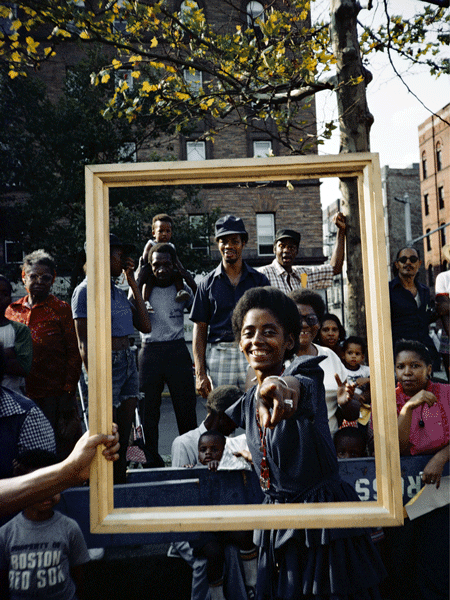
Lorraine O’Grady (American, born 1934). Announcement Card 1 (Banana-Palm with Lance), 2020.
Dean of the Lloyd International Honors College Dr. Omar Ali visited the exhibition with his class “How Do We Know What We Know” in order to explore how artists produce work and navigate the art world as subjective researchers.
“O’Grady has been a pioneer among artists in pushing the boundaries of not only the content, but the form of art, by provoking artists from different backgrounds to not categorize themselves in singular ways,” says Ali. “She is someone who blurs lines, offers meaningful contradictions, and shows commonalities whether that’s racial lines, gender lines, and matters of geography. I think one of the things that really touched me was some of her work she did to frame people who were along the parade route and in some ways highlighting the ordinary and extraordinary-ness of Black and specifically African American life through taking photos of people in those frames. I think it speaks to her democratic sensibilities and her ability to make accessible her art to the masses of people who can benefit from new perspectives.”
Photography documents several of O’Grady’s famed performance personas: “Mlle Bourgeoise Noire,” an aging beauty queen wearing an evening gown made from 180 pairs of secondhand white gloves, and “The Lady in Red.” O’Grady appeared as these characters in spontaneous performances at a variety of venues in New York City. She also organized “The Black and White Show,” where thirteen pairs of artists – half of them Black, half White – contributed works in a black-and-white color palette to an exhibition at the renowned Black-owned Kenkeleba Gallery.
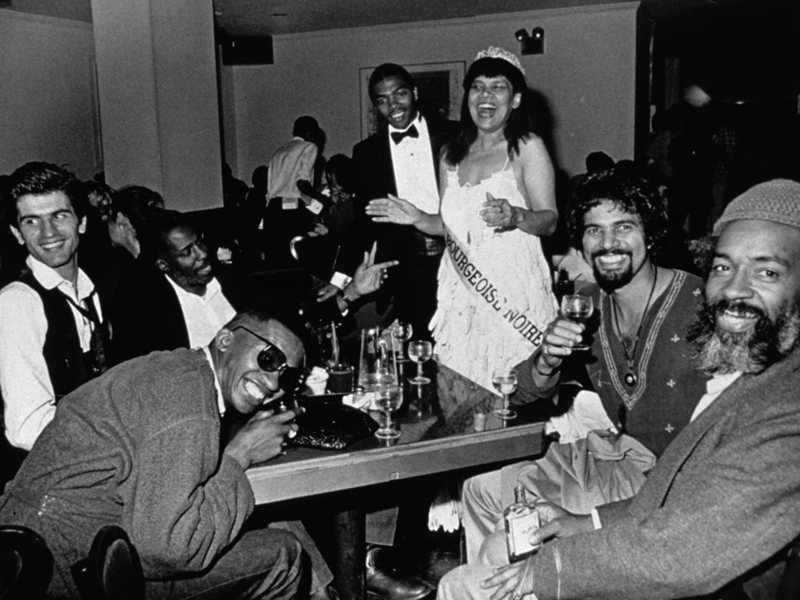
The retrospective not only includes documentation of her past performances, but also of her currently in-progress performance artwork. O’Grady’s “Announcement of a New Persona (Performances To Come!)” teases a four-part series of character studies for a performance that she has been developing for almost 10 years.
Included in the exhibition are O’Grady’s first works of visual art: text-collage poems “Cutting out the New York Times,” a series of 26 works that O’Grady created in 1977 from the newspaper’s headlines, subheads, and advertisements. “Both/And” is the first time the original poems have been displayed for public view. A recent remix of the poems places them in diptych haikus.
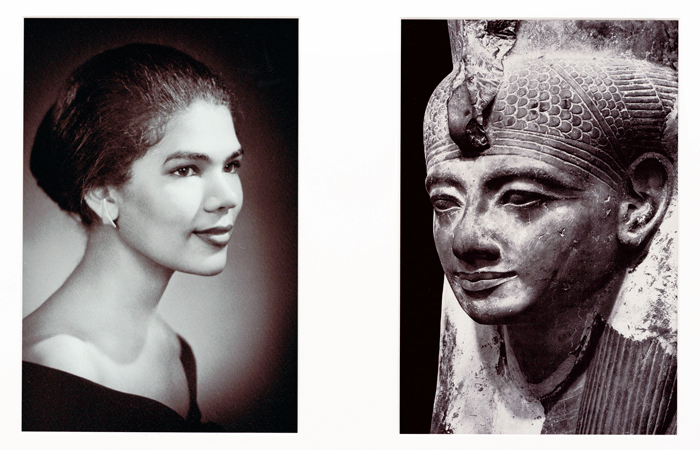
Lorraine O’Grady (American, born 1934). Miscegenated Family Album (Sisters IV), L: Devonia’s sister, Lorraine; R: Nefertiti’s sister, Mutnedjmet, 1980/1994.
“Miscegenated Family Album,” one of O’Grady’s best-known works, occupies the Guild Gallery. In this series, close-up photographs of family members are framed alongside photographs of sculptures from ancient Egypt.
The exhibition is open through April 30, and O’Grady will hold a virtual conversation with the UNCG community on March 25,
Throughout the spring there are other opportunities for museum visitors to learn more about the exhibition, such as docent drop-in tours on Saturdays at 1:00 and “How Do I Look?” sessions focused on the exhibition on Feb. 10 and March 18.
The February session features Jazmin Graves, UNCG assistant professor of African American and African diaspora studies and Neelofer Qadir, assistant professor of English and in the Program of International Global Studies.
The March session features Sarah Cervenak, UNCG associate professor of women’s, gender, and sexuality studies and African American and African diaspora studies and Sunny Spillane, UNCG associate professor in art education.
“Lorraine O’Grady: Both/And” is organized by Catherine Morris, Sackler Senior Curator, Elizabeth A. Sackler Center for Feminist Art, Brooklyn Museum, and writer Aruna D’Souza with Jenée-Daria Strand, Curatorial Assistant, Elizabeth A. Sackler Center for Feminist Art, Brooklyn Museum. Leadership support for this exhibition is provided by the Henry Luce Foundation. Its presentation at the Weatherspoon Art Museum is generously supported by Bank of America, Beatrice Schall, Sydney Gingrow, Carol Cole Levin, Tim Warmath and Edward Comber.
Story by Susan Kirby-Smith and Dana Broadus, University Communications, with information provided by the Weatherspoon Art Museum
Top photo by Martin W. Kane, University Communications
